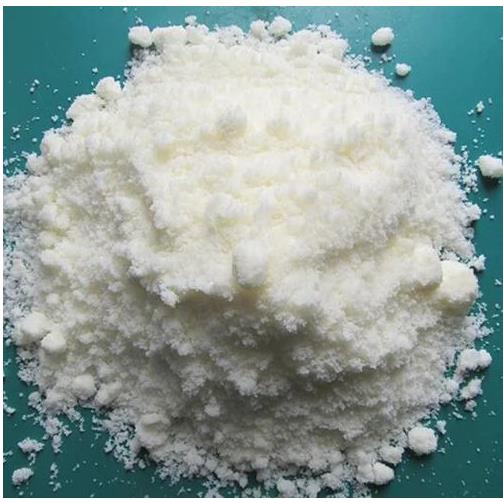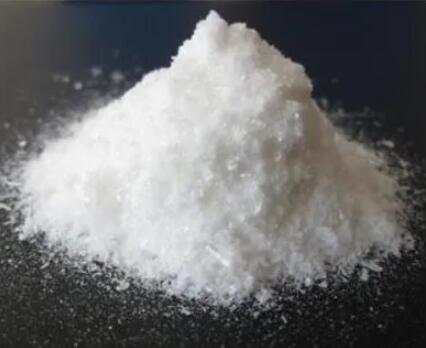Unlocking the Potential of Veratraldehyde: A Comprehensive Exploration
May 8,2024
Introduction
In the dynamic and ever-evolving realm of organic chemistry, Veratraldehyde emerges as a luminary, illuminating pathways of exploration and innovation that resonate with researchers worldwide. Its multifaceted applications and unique attributes have not only placed it at the forefront of scientific inquiry but have also catalyzed profound advancements across a myriad of scientific domains. Through this expansive article, we embark on an immersive journey into the intricate depths of Veratraldehyde, delving deep into its synthesis pathways, unraveling the complexities of its molecular composition, meticulously exploring its diverse applications, and conscientiously addressing the critical considerations surrounding its storage. By shedding light on the nuanced facets of Veratraldehyde, we aim to provide chemical professionals with a comprehensive understanding of its significance, thus empowering them to navigate its vast potential and forge new frontiers of discovery and innovation[1].

Figure 1 Characteristics of Veratraldehyde
Synthesis Methods
Veratraldehyde, chemically known as 3,4-dimethoxybenzaldehyde, can be synthesized through several routes, with each method tailored to specific requirements. One prominent synthesis approach involves the oxidation of Veratrole using oxidizing agents such as chromic acid or potassium permanganate. Alternatively, Veratraldehyde can be obtained through the O-methylation of Vanillin, a process catalyzed by suitable reagents like dimethyl sulfate or diazomethane. These synthesis routes underscore the versatility and adaptability of Veratraldehyde production, facilitating its widespread availability for diverse applications.
Composition and Structure
Veratraldehyde, characterized by its molecular formula C9H10O3, presents a distinct aromatic structure comprising a benzene ring substituted with two methoxy (-OCH3) groups and an aldehyde (-CHO) functional group. This molecular arrangement confers unique chemical properties to Veratraldehyde, rendering it amenable to various chemical reactions and applications.
Main Components
Veratraldehyde's composition is primarily characterized by aromatic compounds, notably distinguished by its aromatic benzene ring structure. The methoxy groups further intensify its aromatic character, augmenting its suitability for a wide array of industrial and research applications. Moreover, the aldehyde functional group not only contributes to its aromatic profile but also enhances its reactivity, thereby enabling Veratraldehyde to participate effectively in an extensive range of chemical transformations and synthesis methodologies. This unique combination of aromaticity and reactivity renders Veratraldehyde an invaluable component in the realm of organic chemistry, continually fueling innovation and advancement in various scientific endeavors.
Applications
Veratraldehyde's versatility extends far beyond conventional boundaries, permeating diverse sectors with its wide-ranging applications. Beyond its pivotal role in pharmaceuticals, fragrance, and organic synthesis, Veratraldehyde finds utility in polymer chemistry and agrochemicals, enriching a spectrum of industries with its unique attributes. In polymer chemistry, it serves as a fundamental monomer, contributing to the synthesis of specialized polymers tailored to meet the evolving needs of various industrial applications. Furthermore, Veratraldehyde plays a vital role in agrochemical formulations, where its inclusion aids in the development of effective pesticides and herbicides, bolstering crop protection and promoting agricultural sustainability. This expansive repertoire of applications underscores Veratraldehyde's significance as a linchpin in chemical research and industrial processes, perpetually propelling innovation and advancement across multifarious domains.
Storage Considerations
Proper storage of Veratraldehyde is essential to maintain its stability and integrity over time. It is recommended to store Veratraldehyde in a cool, dry place away from direct sunlight and sources of heat. Additionally, ensuring airtight sealing of containers can prevent moisture ingress and minimize the risk of chemical degradation. Furthermore, adherence to safety protocols and regulatory guidelines is imperative to mitigate potential hazards associated with handling and storage of Veratraldehyde, safeguarding both human health and environmental integrity.
In conclusion, Veratraldehyde stands as a testament to the remarkable advancements in organic chemistry, offering a myriad of opportunities for innovation and exploration. Its synthesis, composition, applications, and storage considerations underscore its significance as a pivotal compound in the chemical domain, enriching diverse sectors with its versatile attributes and transformative potential. As researchers continue to unravel its intricacies and harness its capabilities, Veratraldehyde remains poised to redefine the landscape of chemical science, catalyzing innovation and progress on a global scale[2].
References
[1]Molleti J, Yadav G D. Green synthesis of veratraldehyde using potassium promoted lanthanum–magnesium mixed oxide catalyst[J]. Organic Process Research & Development, 2017, 21(7): 1012-1020.
[2]Dhinagaran G, Harichandran G, Suvaitha S P, et al. The catalytic activity of SBA-15 supported CuO for the selective oxidation of veratryl alcohol to veratraldehyde[J]. Molecular catalysis, 2022, 528: 112454.
- Related articles
- Related Qustion
- Veratraldehyde: synthesis and applications in organic synthesis Dec 19, 2023
Veratraldehyde is synthesized by the oxidation of vanillin using potassium dichromate and Lewis acids under solid phase conditions, serving as a catalyst and precursor for important chemicals.
- Veratraldehyde: properties, applications and safety Jul 31, 2023
Veratraldehyde is a colorless solid and can react with compounds, forms new organic compounds with potential as antitumor and antibacterial agent; caution regarding toxicity.
- What is 3,4-Dimethoxybenzaldehyde? Jan 6, 2020
3,4-Dimethoxybenzaldehyde, also known as methyl vanillin, methyl vanillin, , having a vanilla (Vanillabeans ) fragrances synthetic perfumes, but also uses more pharmaceutical intermediates.
?p-Anisidine (or para-anisidine) is a white solid with the formula CH3OC6H4NH2, commercial samples can appear grey-brown owing to air oxidation.....
Nov 13,2024Organic ChemistryOlivetol, sourced from tropical plants, undergoes biotransformation, yielding three metabolites. Electrochemical detection aids cannabinoid synthesis research, highlighting its importance.....
May 8,2024APIVeratraldehyde
120-14-9You may like
- Veratraldehyde
-

- $50.00 / 1kg
- 2024-11-15
- CAS:120-14-9
- Min. Order: 1kg
- Purity: 99%
- Supply Ability: 5000kg/week
- 3,4-Dimethoxybenzenecarbonal
-

- $5.00 / 25KG
- 2024-11-15
- CAS:120-14-9
- Min. Order: 1KG
- Purity: 99%
- Supply Ability: 500mt/year
- Veratraldehyde
-

- $29.00 / 5g
- 2024-11-12
- CAS:120-14-9
- Min. Order:
- Purity: 98.73%
- Supply Ability: 10g






